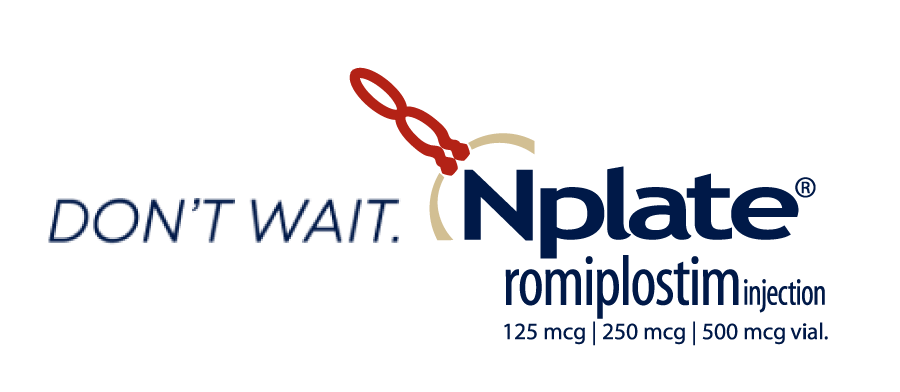Once-weekly, in-office, subcutaneous injection1

Only TPO-RA that can be taken with or without food and without any dietary restrictions
- Including bread, milk and cereal, ice cream, cheese, tofu, calcium-fortified orange juice, yogurt, pizza, and leafy green vegetables1
No need to wonder if your patient is taking a pill every day1-4
Established Safety Profile
No new safety signals observed up to 5 years of continuous treatment5
No liver monitoring and no known drug interactions1,6
- No interactions with other drugs (eg, statins, multivitamins, and CYP enzyme inhibitors or inducers*)1




